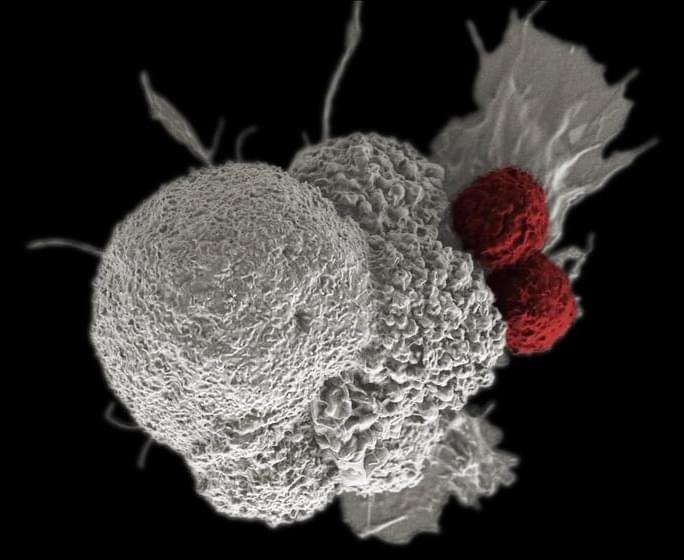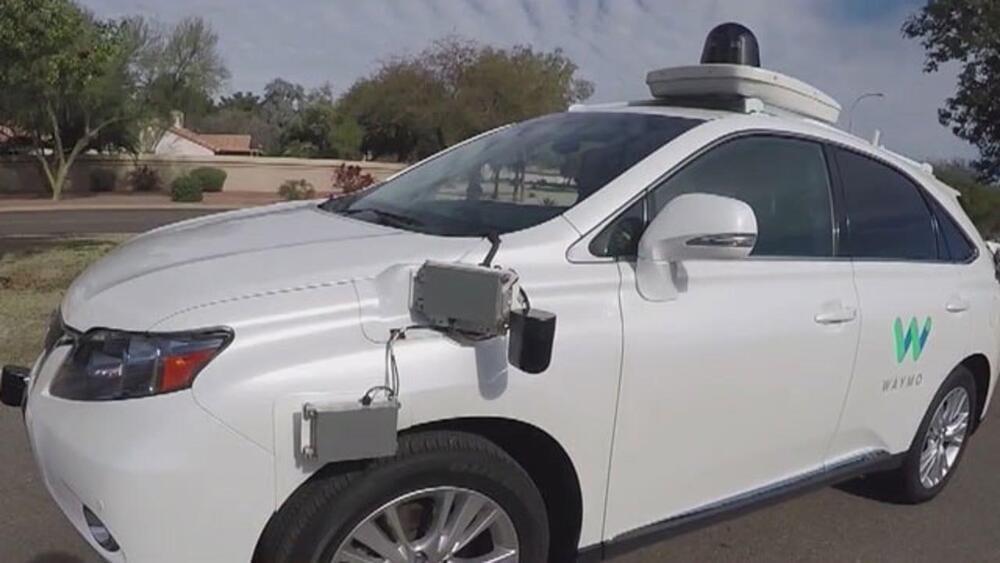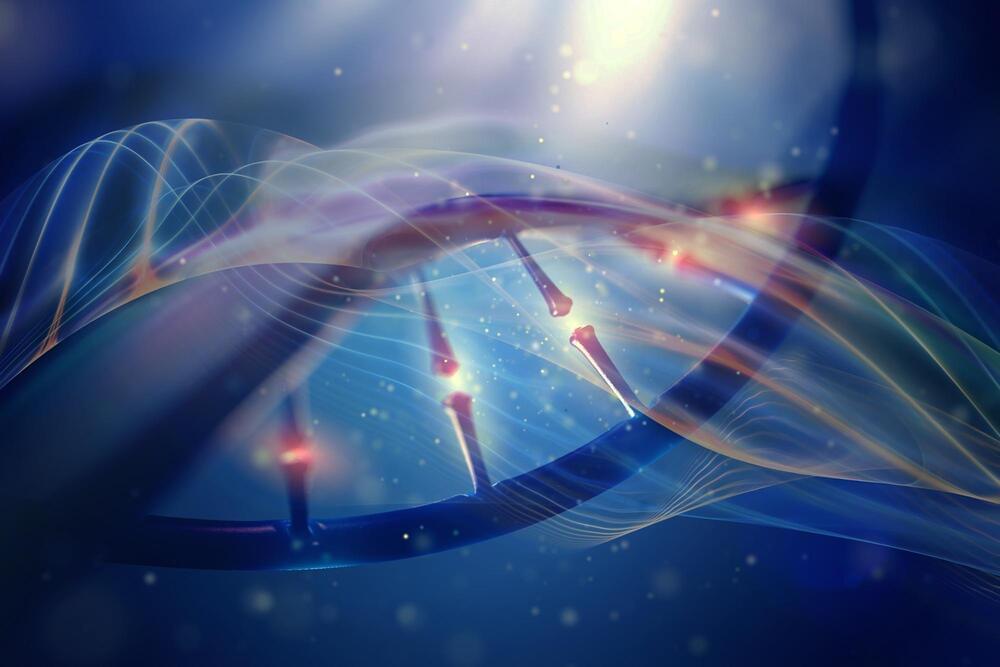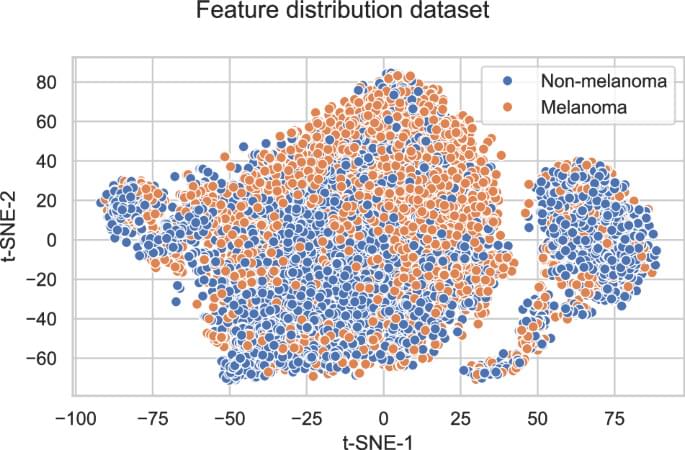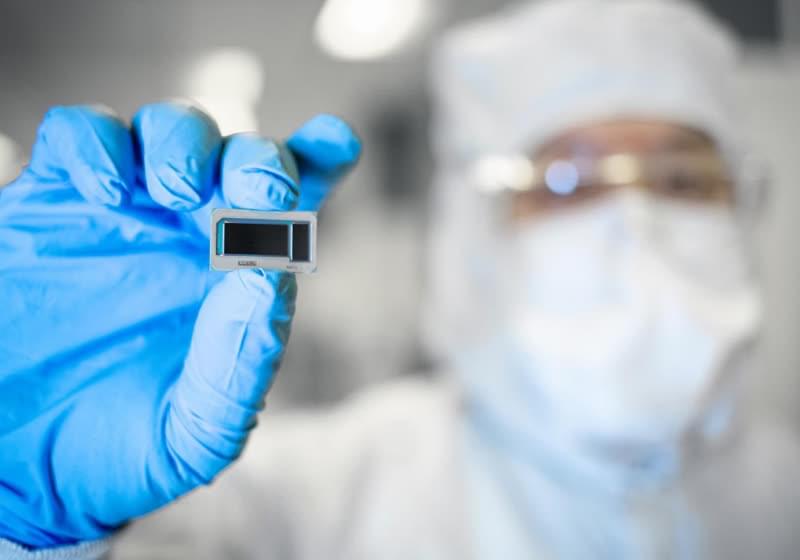
In context: The U.S. is eager to establish domestic foundry capabilities to produce AI chips, and Intel is working hard to position itself to be the provider. It was only natural, then, for CEO Pat Gelsinger to ask U.S. Commerce Department Secretary Gina Raimondo to put in a good word on Intel’s behalf with America’s chip designers including the likes of Apple, Nvidia, Amazon, and Google.
Ever since Intel announced plans to open up its manufacturing capabilities beyond in-house CPUs, the company has targeted TSMC as its top competitor in the global foundry market. Nonetheless, it’s been a source of frustration that fellow U.S. companies rely so heavily on TSMC for most of their semiconductor manufacturing needs.
Intel CEO Pat Gelsinger has turned to US Commerce Department Secretary Gina Raimondo for help, and according to sources that spoke to CNBC, she is trying to deliver.

